Constitution of the State of California, 1849
Article I
Sec. 1.
All
men are by nature free and independent, and have certain unalienable
rights, among which are those of enjoying and defending life and
liberty: acquiring, possessing and protecting property: and pursuing and obtaining safety and happiness.
This is PROPERTY:
The following is what is not taught to anyone forced to go to skool for
the 12 years that mom & dad are forced to pay for. Mom
& dad deserve a refund. Everybody knows what one of these types of things (property) are:

But while being forced to go to skool for 12 years
no one was ever taught the history about the development of the rules
that apply to the use of one of those things. But everybody
PRESUMES to know what the rules are. That's a really big
mistake.
The following information is
located in Volume 5 of American Jurisprudence. American
Jurisprudence is a law encyclopedia. The volumes comprising the
series contains information about pretty much every topic you can think
of.
Before there were machines like
that VW, there were no rules concerning their regulation because such
machines didn't exist. Once a certain number of those
things were invented, law makers developed rules applicable to their
use. Checking the historical record of those machines and
the rules applicable to them is an advantage when it comes to licensing
and getting stopped by a law enforcement employee for violating a rule
in the Vehicle Code.

5 Am. Jur.
Copyright 1936
ATTACHMENT
to
AUTOMOBILES
~~~~~~~~~~~~
AUTOMOBILES
§3. Generally.
– The term “automobile” has its derivation in the Greek “autos,”
meaning “self,” and the Latin “mobiles,” meaning “movable.”
“automobile,” therefore, means “self – moving.” It may be
defined as a wheeled vehicle propelled by steam, electricity, or
gasoline, and used on highways and streets for the transportation of
persons or merchandise. The courts, without making clear
distinctions, have generally use the terms “automobile,” “motor
vehicle,” “motor car,” – and, in the earlier cases “horseless
carriage,” – as synonyms. Questions frequently arose as to
whether statutes regulating the use of various classes of vehicles, and
not directly referring to automobiles, were brought enough to apply to
such machines, which, in numerous instances, were unknown at the time
of the passage of the law. The better view seems to be that an
automobile is to be classed as a vehicle, and may properly be
considered as being a vehicle for hire, under the terms of ordinances
prohibiting the standing of such vehicle in the streets elsewhere than
at public hack stands. The term “motor vehicle” is not,
however, comprehensive enough to include a boy’s sled.
§4. Automobile as “Carriage” or “Wagon.”
– Whether or not an automobile falls within the meaning of the
word “carriage” as used in a statute depends somewhat upon the nature
of the statute. In a penal statute, in a proper case, it
may not be so included, while in a statute which should receive a
liberal construction, it will be. An automobile is a
“carriage” within the broad meaning of that term. Thus, a
motorcar is a “carriage” within the meaning of a grant of a lot which
is part of a tract purchased for a public park, conveyed to the
purchasers, “together with the right of carriage, horse, and foot way
through the park when laid out.” But it is been held not to
be a carriage, within the meaning of a statute requiring towns and
cities to keep their highways “reasonably safe and convenient for
travelers with their horses, teams, and carriages.”
Generally speaking, an automobile is not a wagon, although it has been
held that it is a wagon within the meaning of ordinances prohibiting
the presence of “advertising trucks, vans, or wagons” upon certain
streets.
§8. Public Conveyances.
– Taxicabs vehicle propelled by electric or gas power, held for
public hire. It is sometimes noted in the definitions of
the charges or upon a time or distance basis, and also that the vehicle
is held for public hire at designated places subject to municipal
control.
A jitney as a vehicle of motor
class, the charges of which are much lower than that of a taxicab, the
stipulated fair usually being five or ten cents, directly in
competition with street cars.
Fn. 11 - Taxicabs are the modern development of the old hackney coach. Park Hotel Co. v. Kechum, 184 Wis. 182
Let's have a look at how the
Legislature classified "things", "stuff", "possessions", or "property":
WEST'S CALIFORNIA CODES
1990
California Commercial Code §9109
Classification of Goods: "Consumer Goods"; "Equipment"; "Farm Products"; "Inventory"
Goods are
(1) "Consumer goods" if they are used or bought for use primarily for personal, family or household purposes;
(2) "Equipment" if they are
used or bought for the use primarily in business (including farming or
a profession) or by a debtor who is a nonprofit organization or a
government subdivision or agency or if the goods are not included in
the definitions of inventory, farm products, or consumer goods.
California Code Comment
By John A. Bohn and Charles J. Williams
Prior California Law
1. The classification of goods in
this section is new statutory law. The significance of this
classification is described in Official Comment 1.
Although goods cannot belong to more than one category at any time,
they may change their classification depending upon who holds them and
for what reason. Each classification is mutually exclusive but the four
classifications described are intended to includeall goods.
Official Comment 2.
CALIFORNIA CIVIL CODE
1791. As used in this chapter:
(a) "Consumer
goods" means any new product or part thereof that is used, bought, or
leased for use primarily for personal, family, or household purposes,
except for clothing and consumables. "Consumer goods" shall include new
and used assistive devices sold at retail.
CALIFORNIA CODE OF CIVIL PROCEDURE
481.100.
"Equipment" means tangible personal property in the possession of the
defendant and used or bought for use primarily in the defendant's
trade, business, or profession if it is not included in the definitions
of inventory or farm products.
So according to the Legislature, which is the law
making branch of government, even though those Volkswagan vans are
similar in design, HOW THEY'RE USED is very different. One USE is
for commercial or business purposes, or for HIRE, and the other
isn't. The other is arguably USED for personal pleasure,
household and nonCOMMERCIAL/BUSINESS purposes, hence it properly
belongs in the CONSUMER GOODS category.
Now let's check what more than a few courts have held concerning "CONSUMER GOODS":
“Automobile owned by individual not in business is ‘consumer goods’”.
In re Rave, 7 UCC rep. Serv 258.
“An automobile purchased for personal and family use was ‘consumer goods’”.
Bank of Boston v. Jones, 4 UCC Rep. Serv. 1021, 236 A.2d. 484
“The use of an automobile by its owner for purposes of traveling
to and from his work is a personal, as opposed to a business use as
that term is defined in the California Commercial Code 9109(1), and the
automobile will be classified as ‘consumer goods’ rather than
equipment. The phraseology of §9102(2) defining goods used or
bought for use primarily in business seems to contemplate a distinction
between the collateral automobile ‘in business’ and the mere use of the
collateral automobile for some commercial, economic or income producing
purpose by one not engaged in ‘business’”.
In re Barnes, 11 UCC rep. Serv. 697 (1972)
“So long as one uses his private property for private
purposes and does not devote it to the public use, the public has no
interest in it and no voice in its control.
Associated Pipe v. Railroad Commission (1920) 176 Cal. 518.
“Under the UCC §9-109 there is a real distinction between goods
purchased for personal use and those purchase for business use.
The two are mutually exclusive and the principal use to which the
property is put should be considered as determinitive”.
James Talcott, Inc. v. Gee, 5 UCC rep. Serv. 1028, 266 Cal.App.2d. 384, 72 Cal.Reptr. (1968).
“The use to which an item is put rather than its physical
characteristics determine whether it should be classified as ‘consumer
goods’ under UCC §9-109(1) or ‘equipment’ under UCC §9-109(2)”.
Grimes v. Massey Ferguson, Inc., 23 UCC Rep. Serv. 655, 355 So. 2d. 338 (Ala., 1978)
“The classification of goods in UCC §9-109 are mutually exclusive”.
McFadden v. Mercantile-Safe Deposit & Trust Co., 8 UCC Rep. Serv. 766, 260 Md. 601, 273, A.2d. 198 (1971)
“The term ‘household goods’..includes everything about the house
that is usually held and enjoyed therewith and that tends to the
comfort and accommodation of the household”.
Lawwill v. Lawwill,
515 P.2d. 900, 903, 21 Ariz.App.75 , 19A Words and Phrases - Permanent
Edition (West) pocket part 94.
“Automobile purchased for the purpose of transporting buyer to and
from his place of employment was ‘consumer goods’ as defined in UCC
§9-109".
Mallicoat v. Volunteer Finance & Loan Corp., 3 UCC Rep. Serv. 1035, 415 S.W.2d. 347 (Tenn.App., 1966)
“A carriage is peculiarly a family or household article. It
contributes in a large degree to the health, convenience, comfort and
welfare of the householder or of the family”.
Arthur v. Morgan., 113 U.S. 495, 500, 5 S.Ct. 241, 243 (S.D.Ny 1884)
Courts have no right, no power, to extend statute by construction,
so as to dispense with any conditions legislature has seen fit to
impose. Gassner v. Patterson, (1863) 23 C. 299; likewise, the
Courts must take the statute as they find it. It is their
duty to construe it as it stands enacted. Callahan v. San
Francisco, (1945) 68 CA2d. 286, 156 P.2d. 479; Santa Clara County Dist.
Atty.
Investigators Asso. v. Santa Clara County, (1975) 51 Cal.App.3d. 255, 124 Cal.Rptr. 115.
Courts are not at liberty to extend application of law to subjects not included within it.
Spreckles v. Graham (1924) 194 C. 516
CALIFORNIA VEHICLE CODE
Commercial
Vehicle
260. (a) A "commercial
vehicle" is a motor vehicle of a type required to be registered under this
code used or maintained for the transportation of persons for hire,
compensation, or profit or designed, used, or maintained primarily for the
transportation of property.
(b) Passenger vehicles and
house cars that are not used for the transportation of persons for hire,
compensation, or profit are not commercial vehicles. This subdivision shall
not apply to Chapter 4 (commencing with Section 6700) of Division 3.
Arguably, any machine used as defined by (b) is not
required to be registered. And according to the California
Supreme Court in the Spreckles v. Graham decision, the courts can not extend Vehicle Code sec. 260(a) to those machines NOT FOR HIRE ie:
CONCLISION:
HOW THE MACHINE/THING IS USED DETERMINES WHAT CATEGORY OR CLASS OF
PROPERTY IT BELONGS IN AND NO COURT HAS THE AUTHORITY TO RECLASSIFY AN
ITEM OF CONSUMER GOODS AS EQUIPMENT.
 AM.JUR. CONTINUED
AM.JUR. CONTINUED
§9. Streets and Highways.
– The problem frequently arises as to whether or not the term “Highway”
as used in the statutory provision relating to vehicle traffic includes
“street.” This problem cannot be regarded as entirely
settled. The legislative intent, as indicated by the
wording of the various statutes, determines the scope of the term.
Let's take a look at what a few courts have held
about the use of the streets and highways:
The state has the authority to regulate the use of public highways for business purposes.
Morel v. Railroad Commission of California (1938) 11 Cal.2d 488
“Whatever natural right the citizen may have to traverse the streets of
his city with a motor vehicle for the conveyance of his family or his
friends, no inherent right to exist to devote his vehicle to the public
use of carrying passengers for hire, and to appropriate to himself the
use of all streets for the purpose of profit. Beyond
question, the city could vacate one or more of the streets over which
he might desire to operate. It cannot only require him to
pay a license tax, but it may also regulate the manner of his carrying
on his enterprise. Why may it not classify motor vehicles
by themselves, and refused to permit them to crowd congested portions
of the business streets where patrons of another class of vehicles –
streetcars – must the light and take passage? Suppose,
indeed, a company or corporation owning motor vehicles had the
facilities and the desire to occupy all the streets to the utter
destruction of the streetcar business. Would the city have
nothing to say? Is a municipality mere automation, helpless
in the presence of crowding and conflicting enterprises and scrambles
for business which involve the comfort, the convenience, and the safety
of the traveling public? Not so.”
Dresser v. Wichita, 96 Kan. 820 (1915)
"'The right of a citizen to travel upon the highway and transport his
property thereon in the ordinary course of life and business differs
radically and obviously from that of one who makes the highway his
place of business and uses it for private gain,... The former is the
usual and ordinary right of a citizen, a right common to all; while the
latter is special, unusual and extraordinary.
Frost v. Railroad Commission (1925) 197 Cal. 230
"…the right of the citizen to drive on a public street with freedom
from police interference, unless he is engaged in suspicious conduct
associated in some manner with criminality, is a fundamental
constitutional right..."
People v. Horton (1971) 14 Cal.App.3d 930
"It is settled that the streets of a city belong to the people of a
state and the use thereof is aninalienable right of every citizen of
the state."
Whyte v. City of Sacramento (1924) 65 Cal. App. 534
Escobedo v. State Dept. of Motor Vehicles (1950) 35 Cal.2d 870
The right of a citizen to teavel upon the public highways and to
transport his property thereon, either by horse-deawn carriage or wagon
or automobile, is not a mere privilege which a city may permit or
prohibit at will, but a common right, which he has under his right to
life, liberty, and the pursuit of happiness.
Thompson v. Smith, 155 Va. 367, Supreme Court of Virginia, (1930)
In the matter of Ex parte Dickey,
76 W.Va. 567 (1940), the West Virginia Supreme Court held, wherein it
appeared that a city passed an ordinance regulating the use of jitney’s
on the streets, the ordinance to be valid, saying: “the right of a
citizen to travel upon the highway and transport his property thereon,
in the ordinary course of life and business, differs radically and
obviously from that of one who makes the highway his place of business
and uses it for private gain, in the running of a stagecoach or
omnibus. The former is the usual and ordinary right of a
citizen, a common right, a right common to all, while the latter is
special, unusual but, as to the latter, its power is broader, – the
right may be wholly denied, or it may be permitted to some and denied
others, because of its extraordinary nature. This
distinction, elementary and fundamental and character, is recognized by
all the authorities.”
Clearly
the courts have distinguished between the COMMERCAIL and NONCOMMERCIAL
use of the streets and highways, one being privileged and the other an
unalienable right. Regarding the Morel
citation, what evidence would the State issue to distinguish COMMERCIAL
from NONCOMMERCIAL use of the streets and highways so law enforcement
employees didn't inadvertently stop someone who's not engaged in
COMMERCE/BUSINESS?
 AM.JUR. CONTINUED
AM.JUR. CONTINUED
C. STATUS
§10. Generally; Right to Use Highways.
– Obviously, the use of the highways by automobiles is
lawful. The owners and operators thereof have the right to
use the highways of the state on an equal footing with the drivers of
other vehicles, unless the size and character of the vehicle is
restricted by the legislature. The fact that vehicles are
heavier than those customarily used does not give the court, or anyone
else, an action for such use. A county can neither restrain
an owner from using the public roads and bridges because of the size of
his vehicles, nor collect damages for their reasonable use.
But this equality or right imposes the reciprocal duty of managing
one’s vehicle, whatever its character, with care and caution to avoid
causing injury to others with equal right.
In early cases it was declared
that where highways had not been restricted by dedication to some
particular motive use, they were open to all suitable methods of
transportation, and a new means of making the way useful cannot be
excluded merely because it’s introduction might tend to the
inconvenience, or even to the injury, of those who continue to use road
after the same manner as formerly; and although travel upon the public
roads had, until a comparatively recent date, chiefly been by means of
horses, persons making use of these animals for purposes of travel had
no prescriptive rights or privileges superior to those who had recourse
to other methods of locomotion upon the public
thoroughfares. The automobile was considered in ordinary
vehicle for pleasure or business, furnishing a convenient and useful
mode of travel and transportation not necessarily inconsistent with the
proper use of the highways by others, and while it was generally
recognized that motor vehicles had introduced a new element of danger
to travelers on the highway, necessarily exacting a degree of care
commensurate with their use, yet such vehicles had rights upon the
public roads and streets equal to those of horses, carriages, and other
vehicles.
§11. Automobile as Dangerous Instrumentality.
– Although there is some authority to the contrary, it is a principle
of law well established by the great weight of authority that an
automobile – at least an automobile and proper repair – or motorcycle
is not inherently a dangerous agency so as to render the owner or
operator thereof liable as an insurer for injuries caused
thereby. Liability, if any, must rest upon
negligence. The rules requiring extraordinary care of
dangerous instrumentality’s do not apply to automobiles. In
other words, automobiles are not to be regarded in the same category
with locomotives, ferocious animals, dynamite, and other dangerous
contrivances and agencies.
In accordance with these
principles, and owner of an automobile is not responsible for injuries
which may be sustained by strangers from its careless and wrongful use
while in the possession of another who is using it without his
consent. Nor can he be held responsible for the acts of his
servant in operating the machine without authority, although he knew
that the servant was unskillful and careless. An automobile
in good condition is not a dangerous instrument that one letting it for
hire must test the competency and skill of a customer before intrusting
him with it, under penalty of liability for injuries done by the
hirer’s negligence.
§12. – Apparent Limitations Upon Dangerous Agency Rule.
– Although, as shown above, it is a well established principle that an
automobile is not inherently a dangerous machine, this principle must
be considered in the light of other principles affecting
it. For example, it is the general rule in the law of
negligence at the care to be exercised in the use of any
instrumentality is proportionate to the possibilities of injury from
its careless use; and in a number of cases the courts have referred to
the automobile as a dangerous instrumentality in the sense that a high
degree of care must be exercised by the person operating
it. This “high degree” of care may be regarded as by
ordinary care under the circumstances, the fact that the
instrumentality used is an automobile constituting one of the
circumstances. It is been asserted that the automobile is a
dangerous instrumentality “when driven upon the highways in the
careless and negligent manner,” and that an automobile is a machine of
such “dangerous potentialities” that it is negligence for the owner to
intrusted to an incompetent or inexperienced person.
§13. Automobile as a Nuisance.
– Since he use the highways by automobiles is lawful, the motor vehicle
cannot be regarded as a nuisance per se. There is a
difference of opinion upon the question whether an automobile is an
attractive nuisance. The general view is that it is not,
although under certain circumstances the automobile has been held to be
such a nuisance. Where the owner finds an infant of tender
years in his car he is not absolving of liability by driving it from
the car, but is required to exercise reasonable care to avoid injury to
the child thereafter.
§14. Automobile as Tool or Implement of Trade.
– The question occasionally arises as to whether or not an automobile
is a “tool,” “implement,” “instrument,” “utensil,” or “apparatus”
within the meaning of the debtors exemption laws.
Obviously, the determination of this question depends to a large extent
upon the wording of the statute and upon the specific factual situation
involved. An automobile has been held not to be a tool or
implement of trade within the meaning of the exemption
laws. A truck in an automobile owned by a farmer and used
by them for general farm purposes, including the marketing of farm
produce, have been held not to be farm “tools” or “instruments” within
the meaning of an exemption statute but are to be classed as
“vehicles,” where the statute contains the further classification of
“the wagon or other vehicle, etc.,” of a farmer as being
exempt. It is also been held that an automobile of a
licensed professional chauffeur is not within a statute exempting “the
tools and necessary implements to the extent of $200, used by the
execution debtor in the practice of his trade or profession.”
II. PUBLIC REGULATION AND CONTROL
A. POWER OF REGULATION
§15. Federal Government.
– The power of the federal government to regulate interstate commerce
gives control over motor vehicles engaged in business between one state
and another in the same degree as such control exists as to any other
class of vehicles engaged in the same occupation. However,
as to what constitutes “commerce” of an interstate character, the
United States Supreme Court has given a definition which fails to
include pleasure vehicles engaged in interstate travel.
Concerning police regulations within state limits, the United States
government, under ordinary circumstances, has no constitutional
authority. The power to regulate commerce among the states
has always been understood as limited by its terms and as a virtual
denial of any power to interfere with the internal trade and business
of the several states.
§23. Class Legislation. - A
licensing ordinance applying only to those who use their automobiles
for merely private business or pleasure has, been considered invalid.
§50. Limitations upon Use of Streets by Motor Vehicles for Hire. - Under
the well-settled rule that a municipality having the power to regulate
the use of its streets may pass any reasonable ordinance within its
delegated powers governing automobile traffic on the streets, it has
been generally held that a municipality has a right to pass an
ordinance prohibiting or limiting the use of certain streets by motor
vehicles operated for hire. Thus, an ordinance prohibiting
chimneys from using public streets, unless they paid additional license
tax, was held reasonable and valid, as was an ordinance prohibiting
jitney buses from operating within certain designated
zones. Likewise, where a motor bus line running between two
cities was prohibited by virtue of an ordinance in one of the cities,
from using certain streets when running through that city, it was held
that the ordinance was reasonable because it tended to relieve the
congested traffic conditions of the city. It has, however,
been held that an ordinance for bidding duly licensed cabdrivers to
operate their vehicles on the principal streets of the city between
certain points, except to discharge and take up passengers on prior
calls, in which case the vehicle must enter and leave the street at the
point nearest the place where the passenger is to be taken or
discharge, is an unconstitutional interference with the rights of such
drivers.
Note that section 50 has to do with
COMMERCE/BUSINESS. Note the terms used that apply to
COMMERCE/BUSINESS:
- Traffic
- Motor Vehicle
- Hire
- Passenger
- licensed cab driver
What
class license is issued to a cab driver? If you don't know
then simply call your local cab company and ask what class license is
required to be hired as a cab driver. In California the
class is Class C, which is the the class license issued to nearly
everyone who wants to use a car, truck, or van.
Predicated
on the foregoing information, we've been mislead. Everyone
who's got a Class C license is PERMITTED to use the streets and
highways for COMMERCIAL/BUSINESS = TRAFFIC purposes, however that same
license is NOT REQUIRED to travel by car, truck or van for
NONCOMMERCIAL household purposes or for the common purpose of
NONCOMMERCIAL travel. The Class C license PERMITS the use
of a "motor vehicle" to deliver/carrry/haul passengers or merchandise
from Point A to Point B for compensation or hire.
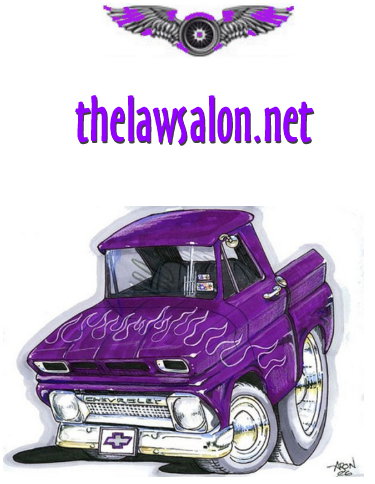

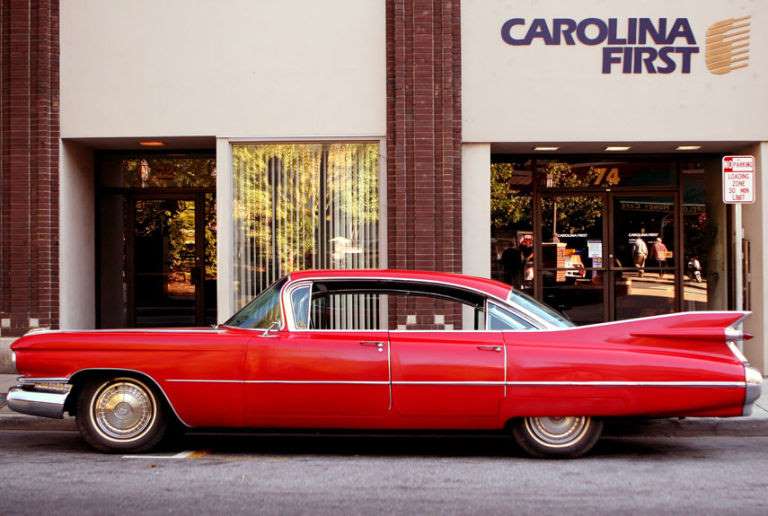



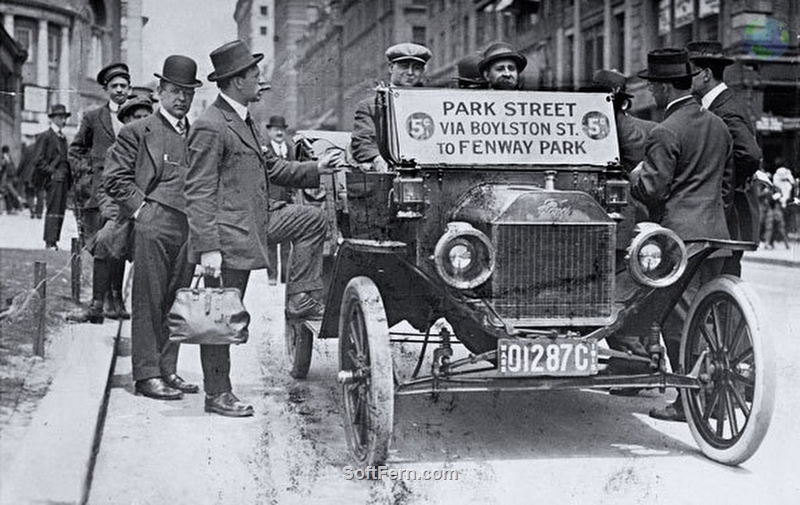
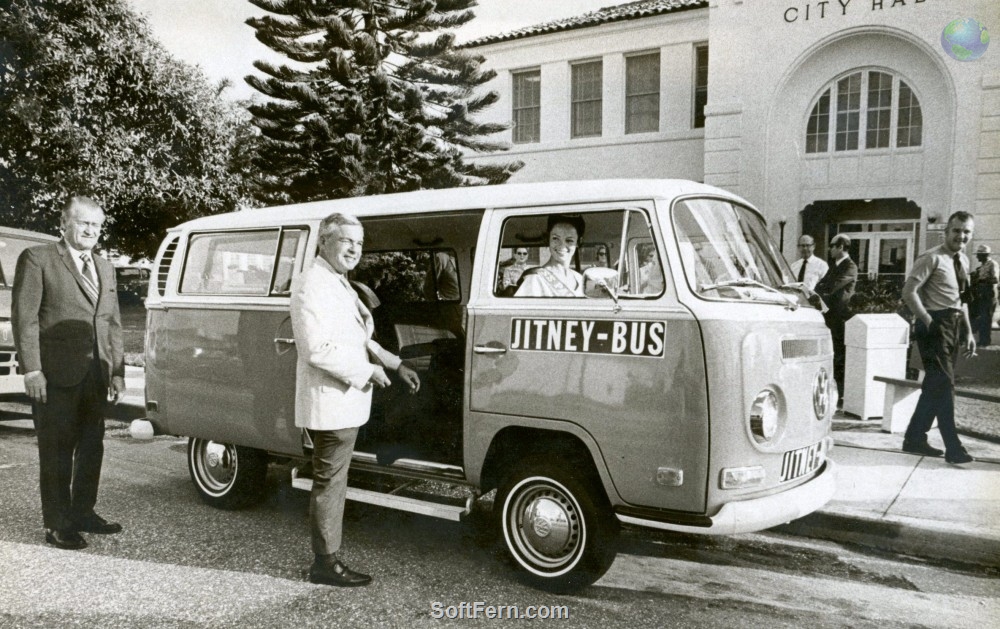


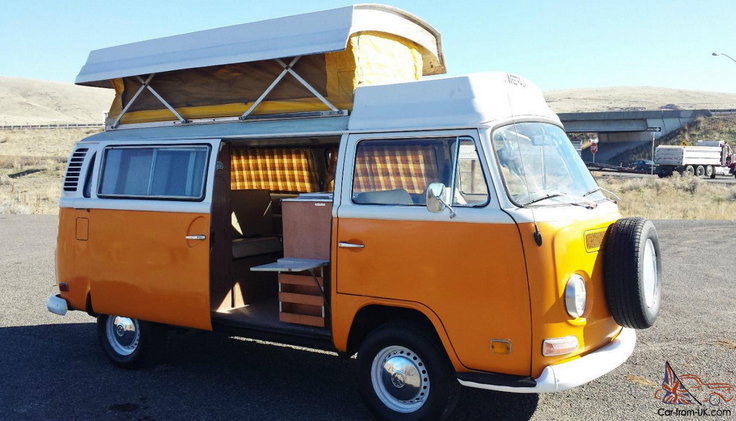
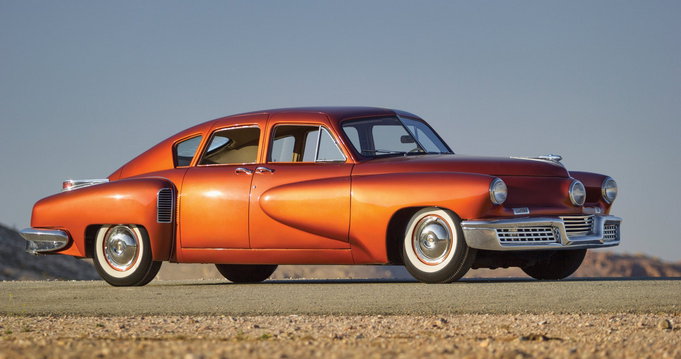

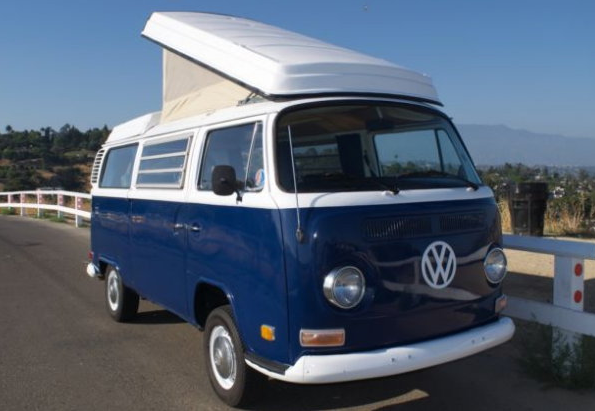



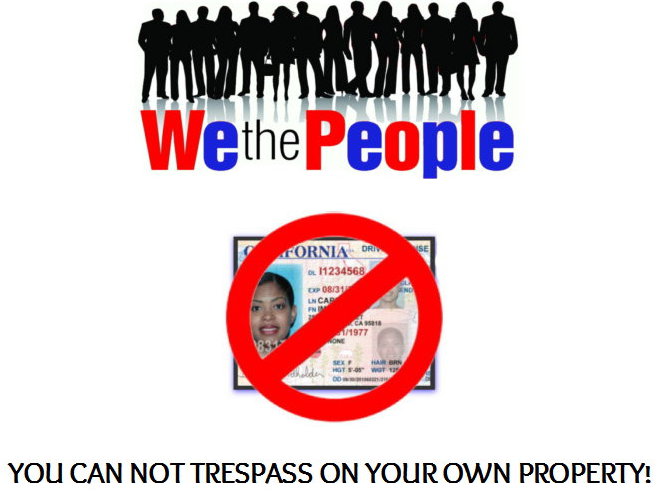


 Educational slide shows are available for viewing and downloading here: http://thelawsalon.net/mytube.html
Educational slide shows are available for viewing and downloading here: http://thelawsalon.net/mytube.html Research and Study Materials available here: http://thelawsalon.net/research.html
Research and Study Materials available here: http://thelawsalon.net/research.html
